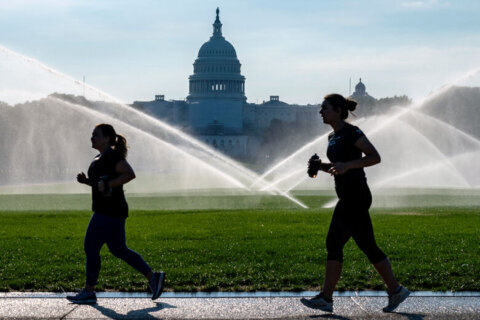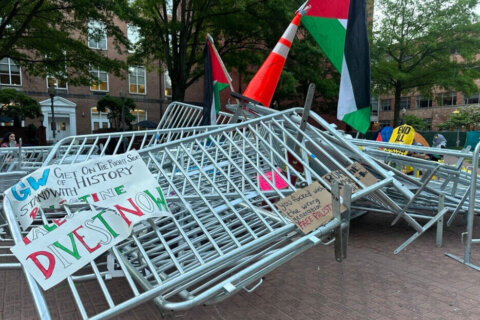Here’s another excuse to avoid raking and bagging crunchy leaves this weekend — it’s good for your lawn.
A Virginia Tech turf expert said bagging fallen leaves and stacking them at the curb is no longer the norm.
“It’s not what you’re supposed to do, but it certainly is something that’s still done far too much,” said Mike Goatley, turf grass extension specialist and professor at Virginia Tech’s School of Plant and Environmental Sciences.
“Those leaves are taking up valuable space in our landfills, for things that actually need to be landfilled,” said Goatley. Leaves raked into plastic bags “might be there for years inside those bags.”
Most municipalities will not accept leaves in non-biodegradable bags in their community leaf-collection programs.
Goatley said mowing fallen leaves does not have much nutritional value, but will help turn leaves into mulch.
“If you can get the mower deck over the top of the leaves, we can simply mulch them up and keep returning them to the soil, every time you hit the grass,” he said.
The mowing and remowing process should be done until early December, Goatley said.
“What we’re going to do is essentially just pulverize that leaf material, and we’ll send it back into the soil,” said Goatley. “When it’s in the soil, it’s going to be decomposed by all the different forms of microbes that live in the soil.”
Goatley said just letting the leaves pile up without mowing and mulching them isn’t beneficial.
“A heavy leaf cover can significantly reduce the photosynthetic activity of the turf grasses in your lawn, restricting them from the beneficial sunlight required for optimal growth and development.”








